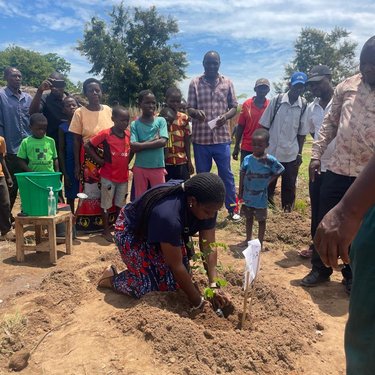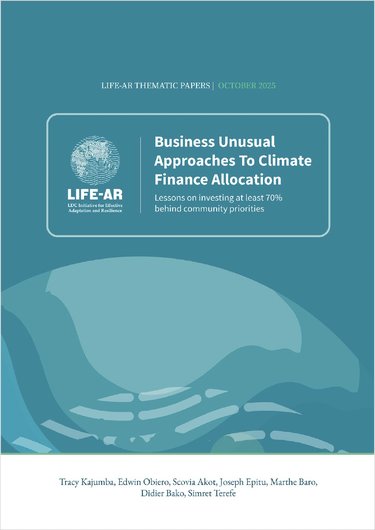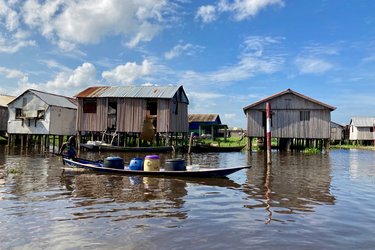
Malawi has taken a significant step in strengthening national and local financial capabilities with the establishment of the LIFE-AR Implementation Unit (IU).
The IU is responsible for planning, coordinating and executing LIFE-AR activities and overseeing successful implementation of the initiative in the pilot districts of Mangochi, Salima, and Rumphi. The IU streamlines processes, ensures strong fiduciary standards aligned with national practices, and enhances efficiency, with the objective of building a strong Malawian system that can be used in the long-term – and potentially for future large-scale access to the climate funds.
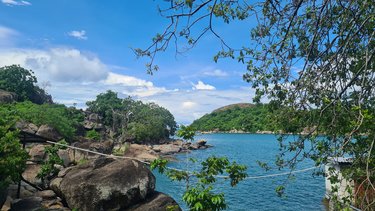
Background: Malawi’s journey to Test and Evolve
During the Establishment Phase of LIFE-AR, Malawi appointed UNDP as an interim Fund Manager to provide financial management and support initial activities. However, recognizing the need for a long-term, sustainable financial mechanism aligned with LIFE-AR Principles, a LIFE-AR Implementation Unit was identified as the most suitable mechanism to meet the needs of LIFE-AR and to realize the LDC Offers, whilst also navigating funding conditionalities that feature in the “business as usual” climate finance architecture. The LIFE-AR IU was carefully designed and built over the Establishment Phase in consultation with development partners and key national stakeholders, culminating in the creation of the IU Standard Operating Procedures in 2023 and recruitment of a Programme Manager and Finance and Administrative Officer in August 2024. The IU is designed to be a long-term mechanism that unlike ‘business as usual’ mechanisms does not end when the ‘project’ ends, and aims to build capacities through being embedded into national frameworks and systems.
How is the IU Operating?
The IU is based in the Environmental Affairs Department of the Ministry of Natural Resources and Climate Change. It manages LIFE-AR funds, provides operational guidance, and coordinates with the implementing districts, Monitoring, Evaluation and Learning (MEL) and Gender Equality and Social Inclusion (GESI) working groups and LIFE-AR stakeholders including the Task Team members who comprise representatives from Government departments, Civil Society Organizations and Academia.
The IU has the mandate to plan, coordinate and implement activities, which has resulted in receipt of funds and timely achievement of multiple activities in the annual work plan. For instance, the IU was able to identify and draw up work plans and budgets with the support of the Task Team and oversight from the global LIFE-AR Interim Secretariat, without interferences of bureaucratic processes like going through long hierarchical organization structures or complex processes This improved EAD’s operations with LIFE-AR, ensuring timely approval and disbursement of funds against our approved budget and work plan.
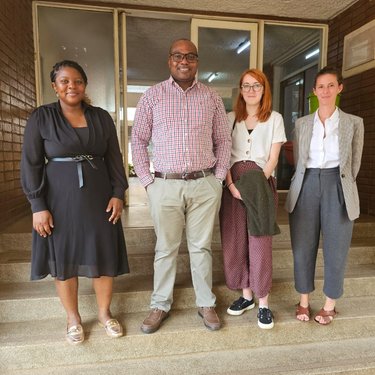
Advantages Over Other Funding Mechanisms
In Malawi, the IU provides a better alternative to existing mechanisms, which often manage multiple projects simultaneously and may not provide the focused support needed for LIFE-AR. The IU ensures:
- Capacity Building: Strengthens financial management at both national and local levels, aiming for full government integration over time.
- Efficiency: Streamlined fund disbursement overseen by dedicated staff.
- Independence: Operates separately from government accounts while aligning with national policies, which meets funder conditionalities and reduces transaction costs, while also building capacity of government systems.
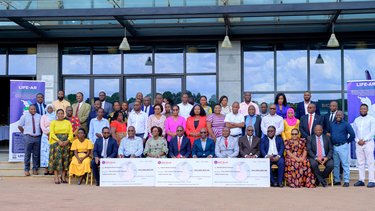
Strengthening Climate Finance in Malawi
The IU is a critical step towards improving climate finance management in Malawi. Prior to the IU’s establishment, there was no suitable mechanism to flow funds from the international to community level in accordance with the various constraints often carried by international transfers of climate finance. By prioritizing financial accountability, reducing inefficiencies, and strengthening government systems, the IU is helping to build a more sustainable and self-reliant approach to climate resilience. As the unit evolves, the aim is for it to become fully integrated into the government system, acting as a potential model for other projects and countries seeking practical and effective ways to manage climate funds.

